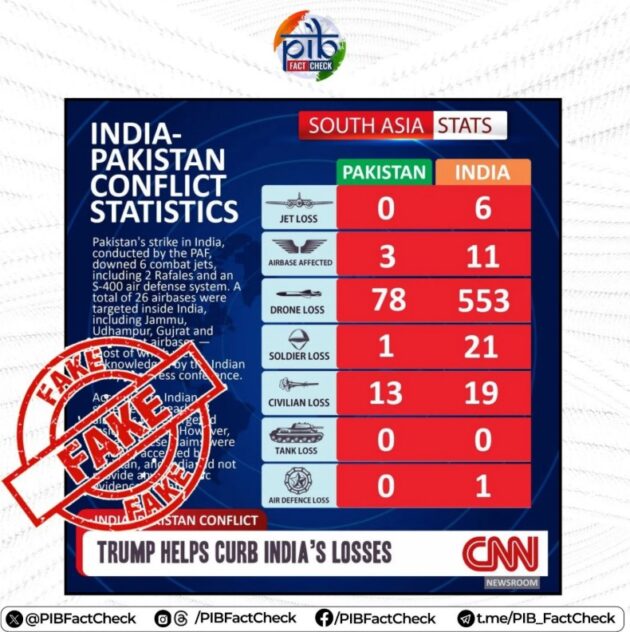EVERYONE is looking for a cashless and seamless experience, thus, the new-age consumer is spending more time on “virtual platforms” and prefers digital conversations. Digital convergence has transformed the marketplace.
Digital payments around the world are growing as technology becomes more available across developing countries.
Additionally, COVID-19 driven lockdowns and social distancing, proliferating mobile apps and online channels have proven vital lifelines.
However, digital fraud has changed the operating environment globally.
Digital fraud may be referred to as a sort of cybercrime or misdirection. It is not considered a single, distinctive crime but covers a range of illegal and illicit actions that are committed in cyberspace.
Over the past two years, digital fraud trends have become more sophisticated and have accelerated in the past nine months as the pandemic has changed how consumers interact with financial services and commerce.
Hackers are now using more sophisticated, innovative ways to obtain valuable customer information and login credentials to hack into accounts. Thus, financial institutions face significant risks, in reputation as well as financial losses.

Hackers are continually developing multiple strategies to identify and exploit systemic weaknesses and vulnerabilities.
Some of the most common types of digital fraud include malware, phishing, card not present, counterfeit card and account take over.
“If organisations and financial institutions do not find a way to prevent fraud, there is a real risk of losing credibility and thus consumer trust and associated business. Such risks will also discourage companies from fully leveraging the amplified reach of digital platforms,” opined SAS managing director for Malaysia Cheam Tat Inn.
The financial services industry as a whole need to better utilise available artificial intelligence and machine learning technologies, added Cheam.
The move from omnichannels to multichannel, combined with the sophisticated nature of tools that criminals have available to them, provides a road map for financial institutions to build their fraud mitigation strategy over the next several years.
A new fraud report by Javelin Strategy & Research and SAS (an analytics powerhouse for organizations seeking immediate value from their data) suggests this digital shift is also fuelling a multibillion dollar-fraud surge worldwide. Some of the key trends and threats are:
- An escalating global risk: Though prevalent payment technologies vary by region, fraud trends have significant commonalities across geographies. This indicates that criminals coordinate and share information more openly than do financial institutions, giving them a significant advantage in thwarting fraud controls. Cross-border fraud is increasingly common.
- Increasing in frequency and sophistication: Fraudsters and criminal networks’ arsenal of tricks is becoming as advanced as the technologies used to detect their activities. Social engineering, phishing and identity schemes, and the breadth of digital payment methods are shifting the odds in the bad guys’ favour. Organisations should be aware that new payment mechanisms are especially targeted due to ineffective risk mitigation controls at launch.
- Layered technology and analytic capabilities: Financial services organization need layered technology layered technology and analytic capabilities to identify overlapping threats in real time. The complexity of criminals’ attack vectors demands a layered approach to preventing and detecting fraud, while also having a means to orchestrate strategies and investigation activities. Automated actions and predictive case management powered by artificial intelligence and machine learning can help reduce reliance on staff to monitor fraud activity and increase efficiency.
- Data is critical: Using data for real-time analytics and automated actions will be crucial to thriving in this new digital normal. Capabilities will vary based on technological maturity, but organizations at all stages have a common need for as much real-time data as possible to make effective decisions. Importantly, deploying cloud infrastructure for fraud management systems boosts data ingestion capabilities.
“Since the start of the pandemic, financial institutions have tirelessly innovated to meet customers’ need for flexibility and immediacy. Now they must redefine how they protect themselves and their customers from the associated risks,” Cheam commented. – Dec 10, 2020









